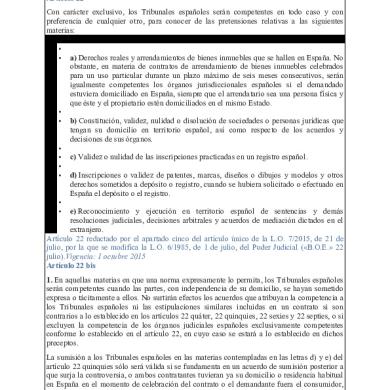
1f-Velhal2016 Article FungalMediatedSilverNanopartic
- Uploaded by: Ethiopian Mystics
- Size: 697.9 KB
- Type: PDF
- Words: 5,140
- Pages: 8

* The preview only shows a few pages of manuals at random. You can get the complete content by filling out the form below.

Ethiopian Mystics - 697.9 KB

florensia - 1.6 MB

Ethiopian Mystics - 1.9 MB

suciasral - 4.7 MB

AB D'oria - 65.7 KB

- 215.6 KB

K D - 115 KB

Joan Recasens - 93.8 KB

VALENTINA LOPEZ MARIN - 322 KB
© 2025 VDOCS.RO. Our members: VDOCS.TIPS [GLOBAL] | VDOCS.CZ [CZ] | VDOCS.MX [ES] | VDOCS.PL [PL] | VDOCS.RO [RO]